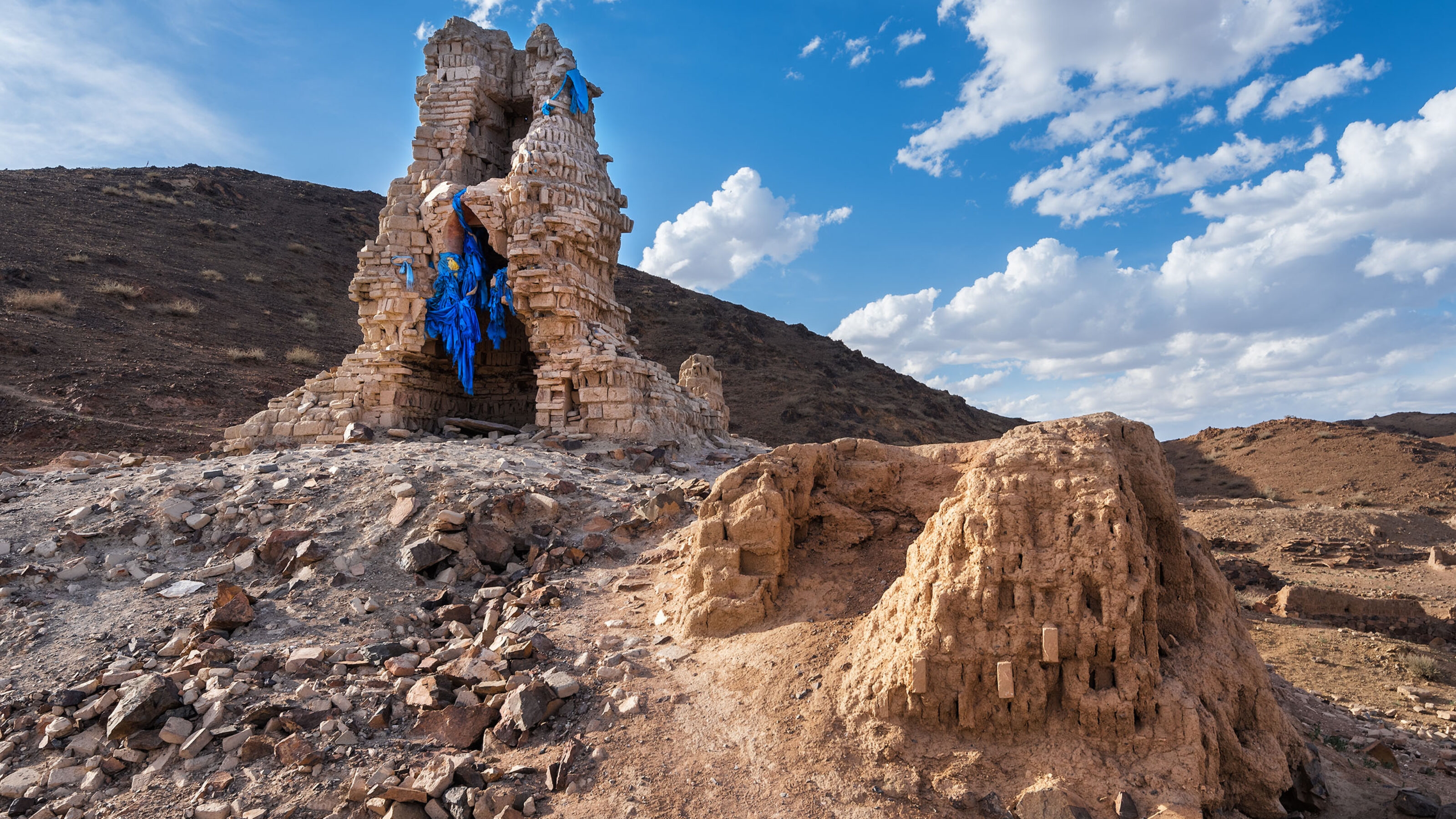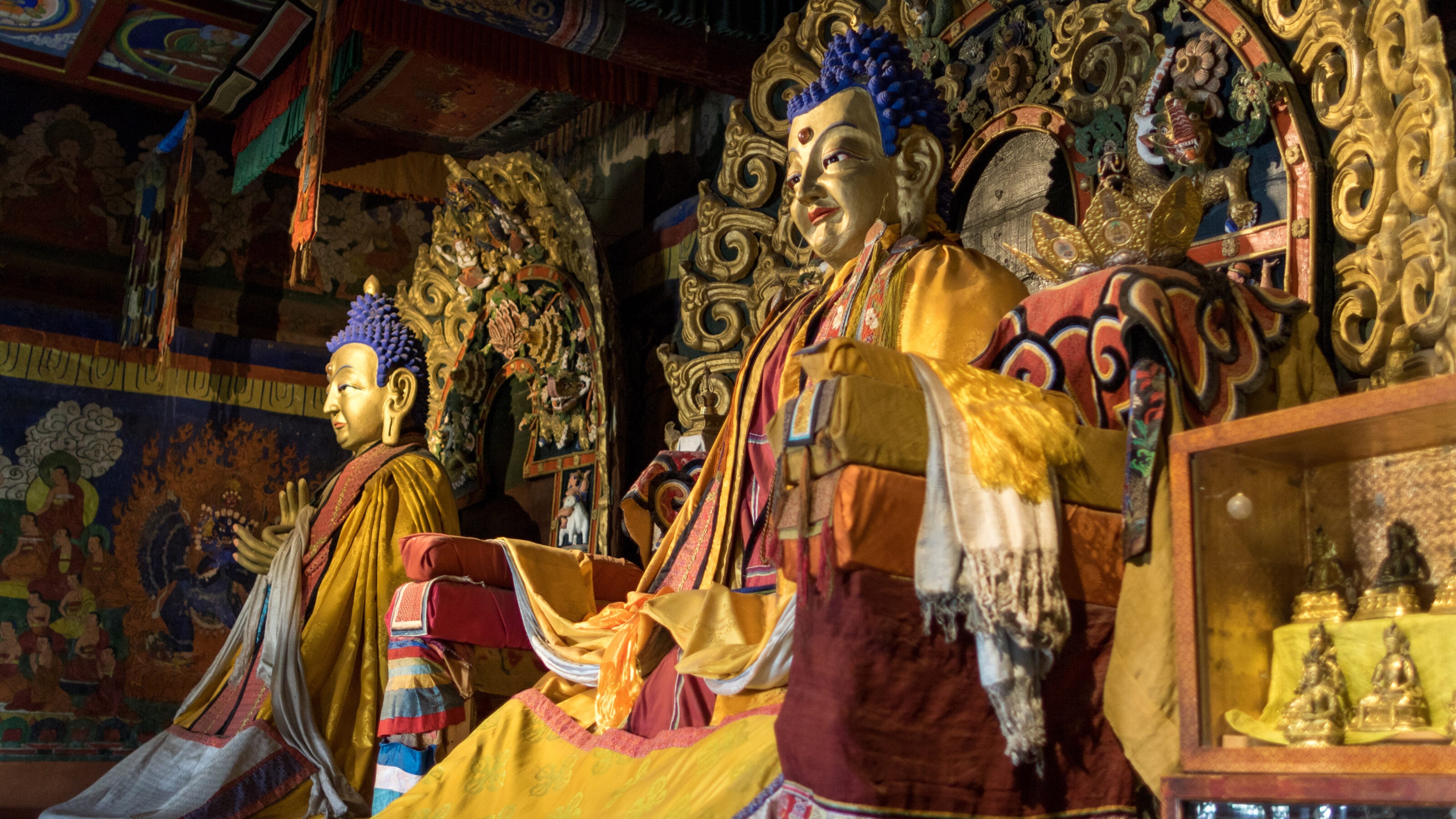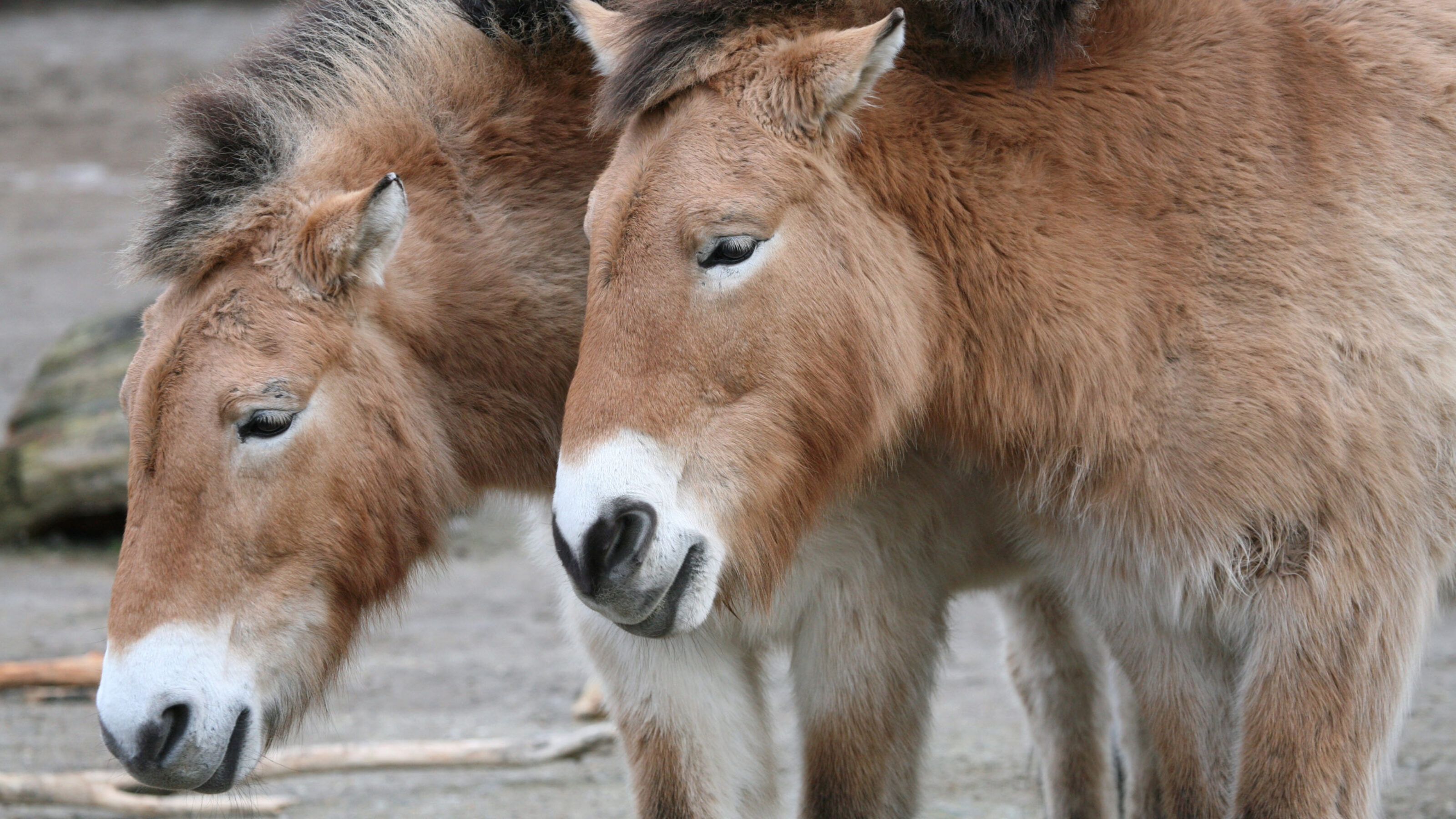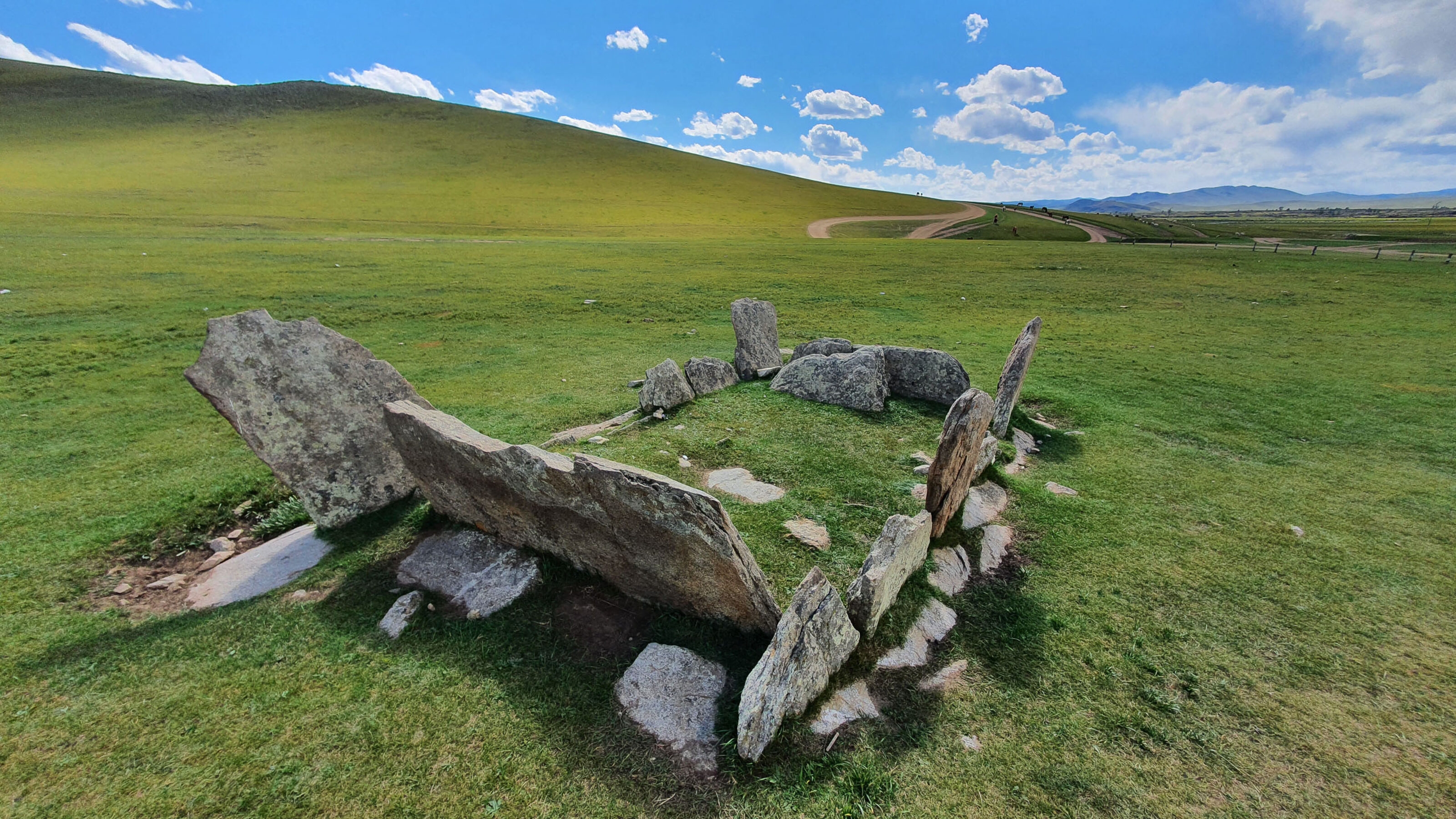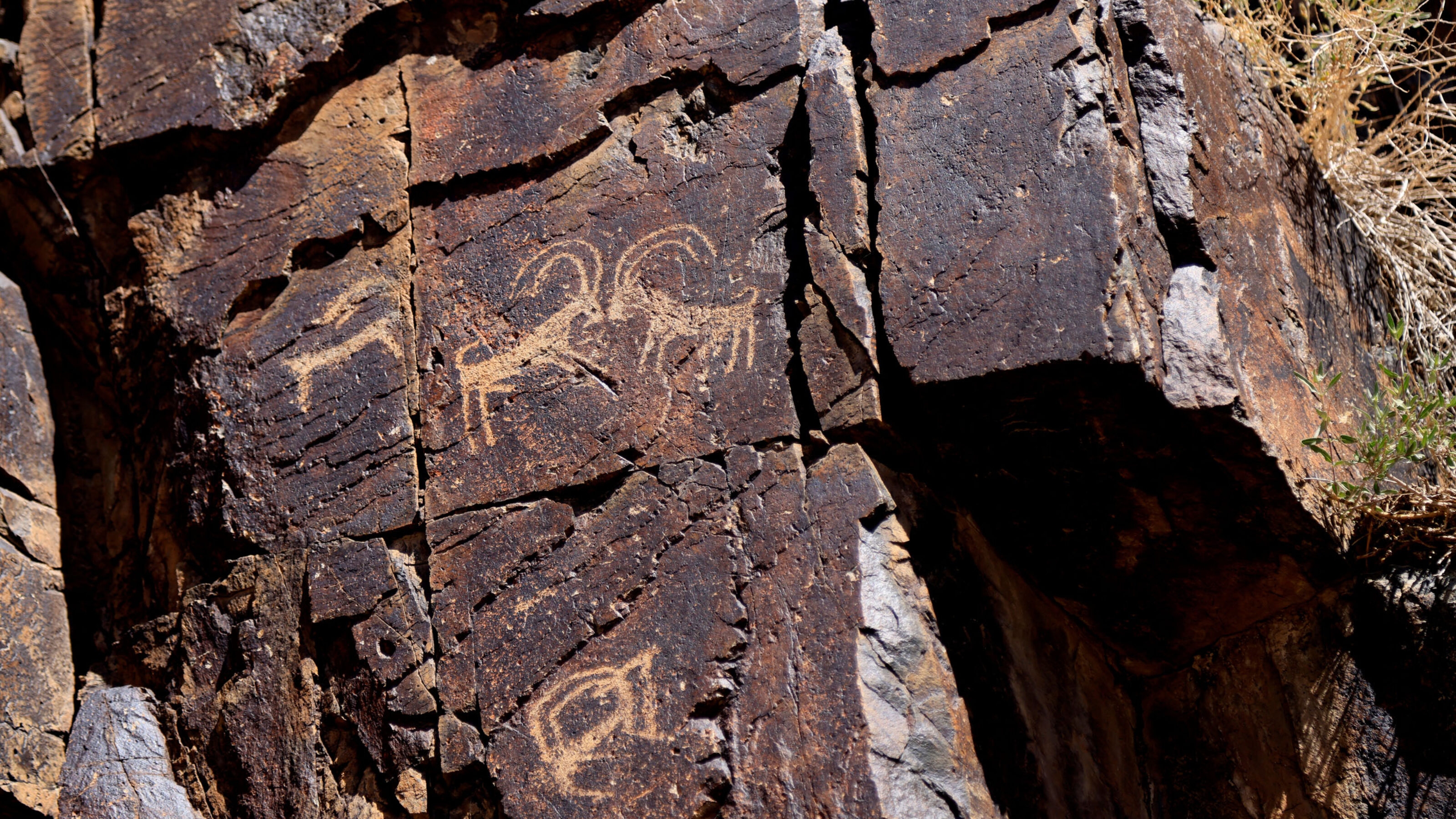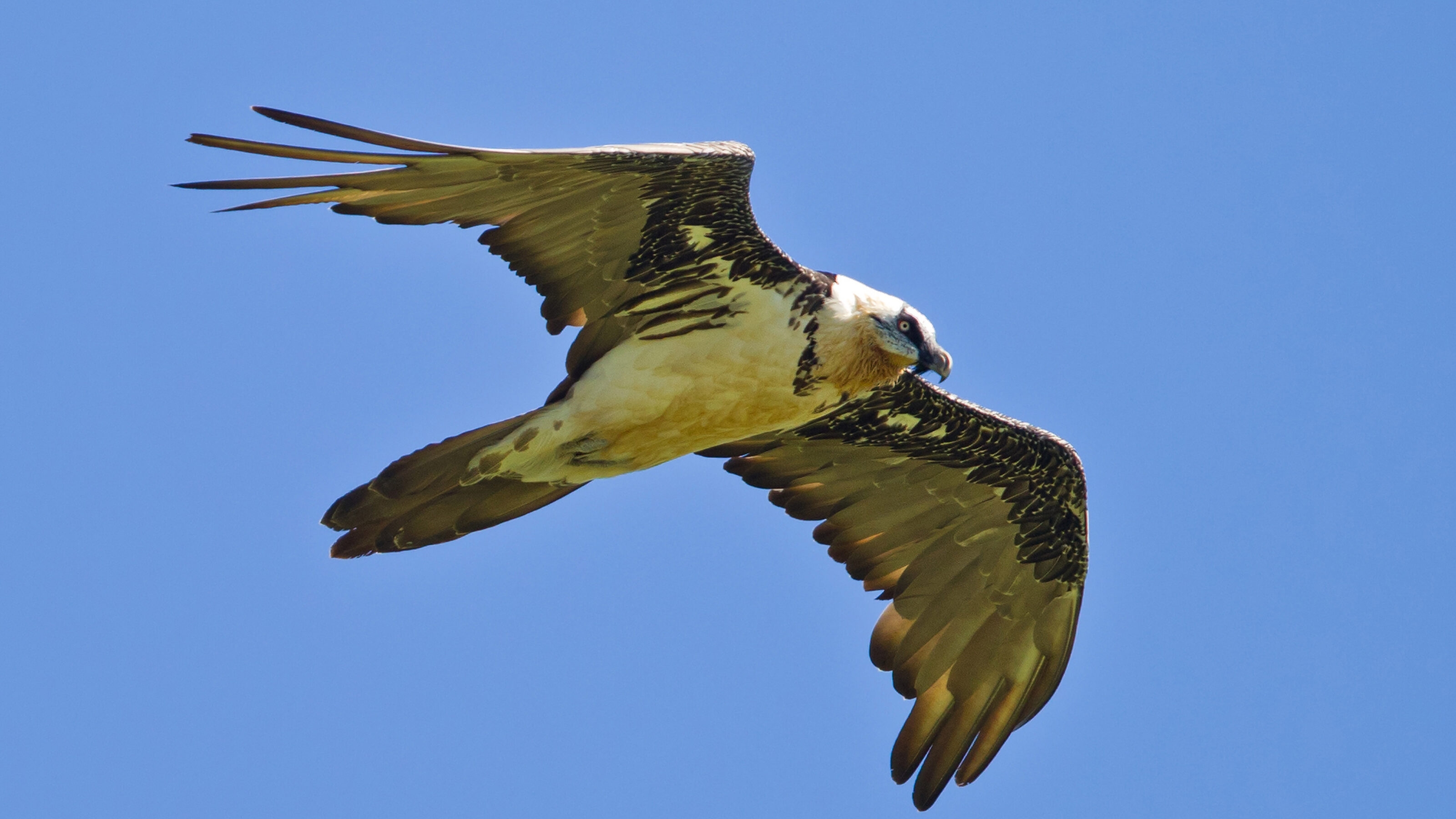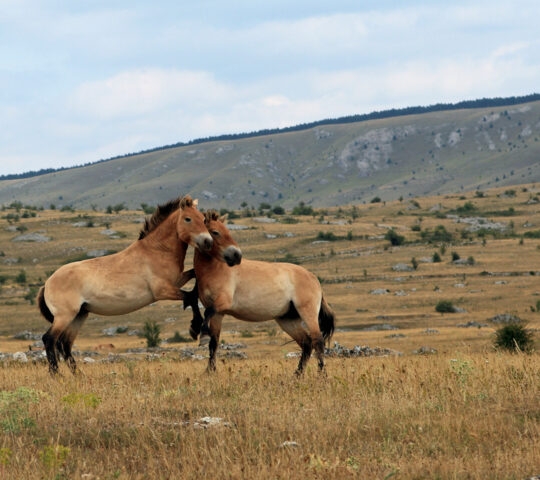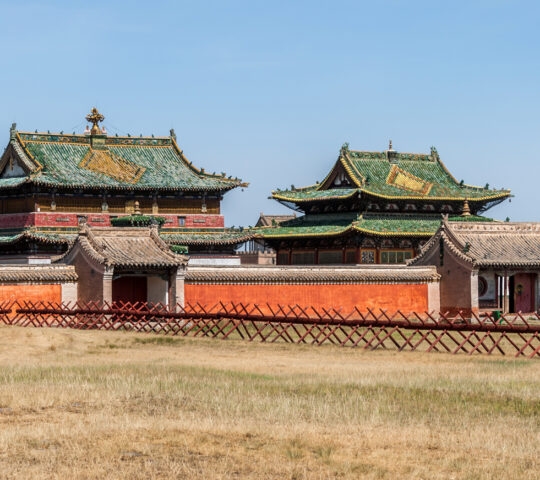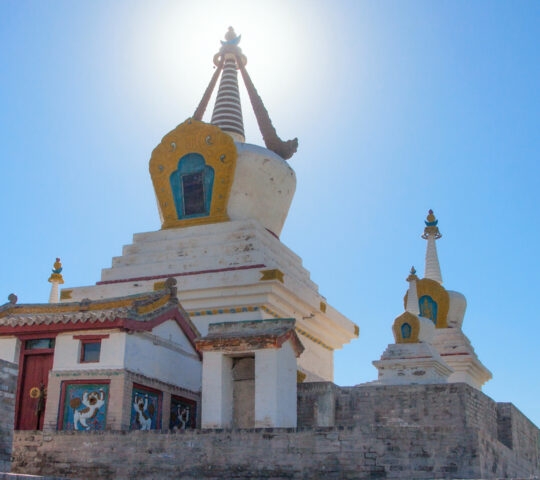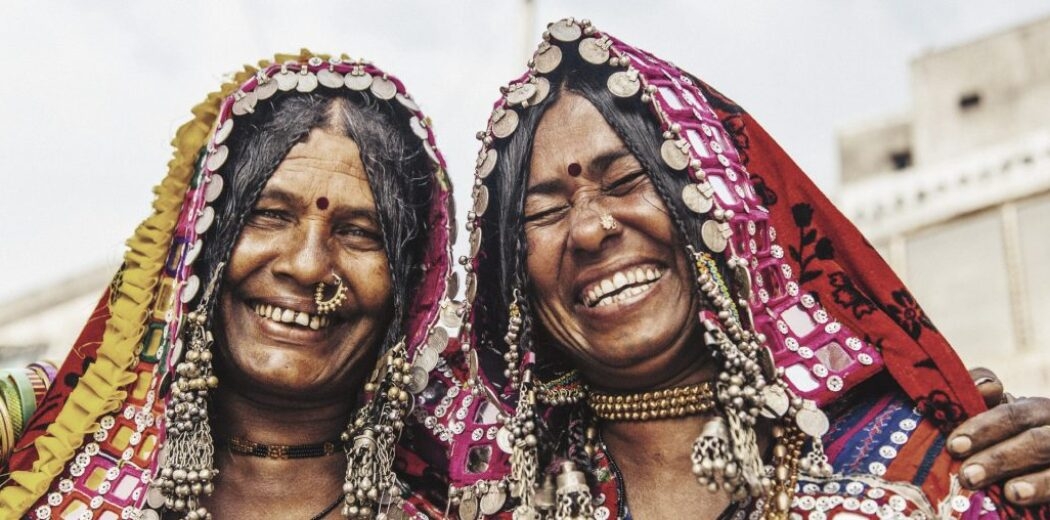Explore Central and South Mongolia
Delve into the magic of Mongolia on this eight day exploration of the central and southern parts of this beautiful country, travelling from Karakorum to the Gobi Desert
Trip Highlights
- Spot some of last remaining species of wild horse, the takhi, in their natural habitat
- Visit the Karakorum Museum and learn about the ancient Mongolian capital
- Explore the grounds of Erdene Zuu monastery and see the monks at prayer
- Go hiking through the magnificent grasslands of the Orkhon Valley
- Spend an afternoon with a nomadic family and learn about herding life
- Discover the exquisite wildlife in Yol Valley National Park
Bespoke trips with Jacada
We design one-of-a-kind journeys incorporating luxury in all its forms. Our bespoke trips include:
- Luxury accommodation throughout
- Privately guided tours
- Private transfers
- Meticulously selected experiences
- Expertise and support from your Jacada Concierge

Itinerary in detail
Every Jacada trip is tailored to your personal preferences and interests. Below you’ll find a sample itinerary to inspire your own custom-designed journey.
Days 1–4
Explore Karakorum
This historically significant Mongolian city was founded by Chinggis Khan in the early 13th century and was known as the ancient capital of the Mongol Empire. Most of the city has been lost to time with only ruins and archaeological sites hinting at its former glory. One of the most significant sites is the Erdene Zuu Monastery, one of the earliest surviving Buddhist establishments in the country. The surrounding landscape is stunning.

Make it mine
Wild horses
Museum and monastery
Valley hike
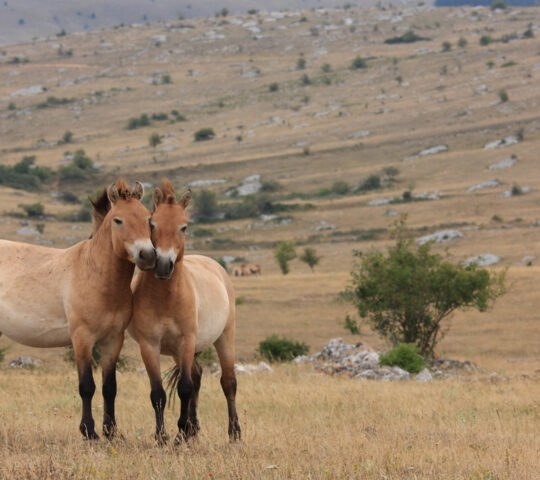
See takhi horses
Visit Hustain Nuruu National Park, home to the last remaining species of wild horse, the takhi – commonly known as Przewalski’s horse. Twenty-five years after becoming extinct in the wild, the takhi was reintroduced to the Mongolian steppe by the Foundation for the Preservation and Protection of the Przewalski’s Horse. Now, nearly 400 now roam re-introduction sites in Mongolia and China.

Kharakhorum Museum and Erdene Zuu Monastery
Kharakhorum Museum offers fascinating insight into what was once the center of arts, politics, trades, and religions of the world. Mongolia’s largest monastery, Erdene Zuu, was reputedly constructed from the ruins of Karakhorum in the 16th century. Surrounded by 108 stupas, Erdene Zuu has been a place of Buddhist activity for more than 500 years. Explore the monastery grounds and the temples which are richly decorated.

Hiking in Orkhon Valley
Spend an afternoon hiking through the magnificent grasslands of the Orkhon Valley, considered to be the cradle of Mongolian civilization. The beautiful Orkhon valley is not just home to many archeological, cultural and historic sites but it also stands testimony to how age-old nomadic culture has shaped and influenced developmental changes in trade, commerce, military and religious practices.
Ongiin Hiid Monastery

After leaving Karakorum you’ll visit Ongiin Hiid and explore the ruins of this 17th-century temple, situated in a beautiful, mountainous region. Still known as the ”Pearl of the Great Desert’, Ongiin Hiid was one of the largest monasteries in Mongolia until its destruction during the communist purges in 1939. After the visit, you’ll continue your journey to the Gobi Desert.
Days 4–8
Escape to the Gobi Desert
The vast golden plains of the Gobi Desert are not only spectacular, but they are also home many of Mongolia’s nomadic people. Your time here is all about appreciating the natural beauty, and connecting with the culture and traditions that have prevailed over centuries. You can spend time with a nomadic family, learn about their herding practices, help to raise a traditional ger, participate in an archery lesson and spend your nights stargazing.

Make it mine
Ancient art
Explore on foot
Glowing sunsets

Havsgait petroglyphs
Travel to Havsgait by vehicle or on horseback for panoramic views of the grasslands and to see some amazing artwork of our ancestors. Preserved at the top of the mountain are some of the precious petroglyphs of the Gobi, ancient works of art that can be clearly seen as the sun hits the rocks from the right angle. From the depictions of these petroglyphs, we can gain a better understanding of the everyday lives of the people who lived in the Gobi during the Bronze Age.

Yol Valley National Park
Drive to Yol Valley National Park, cradled in the foothills of the Altai Mountains. An ancient river carved this surprisingly green valley, and its remnant streams create ice formations that sometimes persist as late as July. A hike through the valley leads to the habitat of indigenous vulture-like lammergeiers, Altai snowcocks, ibex, yaks, and Argali mountain sheep.

Flaming Cliffs
Visit the legendary Flaming Cliffs, named for the orange glow of the rock at sunset. The red sandstone of the Flaming Cliffs is rich with dinosaur fossils, and paleontological expeditions continue to make significant discoveries at this site.
My trip to vietnam and China was so great , lots of amazing and unforgettable memories Love all attention to details definitely will book another trip with Jacada in the future Thank you Ellie Khoury and Cathy Jocubeit for designing this amazing trip for me
Why book with Jacada

Personalised design
We’ll plan your trip around your personal interests, tastes and preferences, providing honest advice based on first-hand knowledge.

Authentic experiences
Our expert guides and brilliant Concierges are hand-picked for their ability to bring your destination to life with care and passion.

Positive Impact
We seek out unforgettable experiences that benefit both local communities and the environment.
